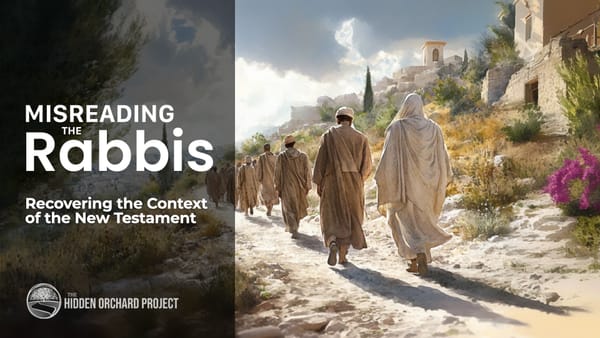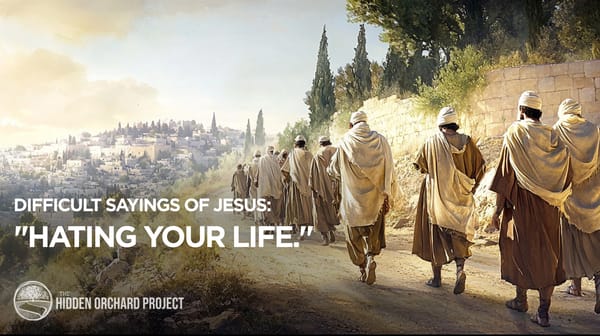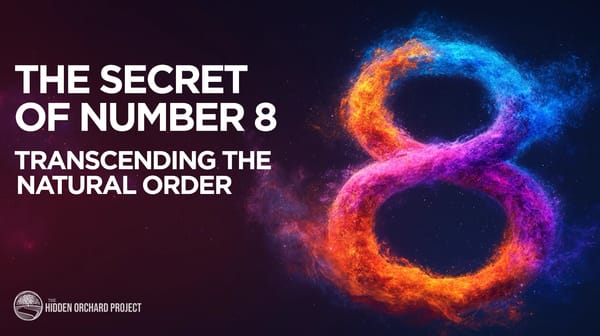Exploring the Timeless Lessons of Esther (and Purim)
Purim, one of the most vibrant and festive holidays in the Jewish calendar, is a time of joy, reflection, and fun with the community. Embedded with historical significance and tradition, Purim commemorates a pivotal event in Jewish history that is recounted in the Book of Esther.
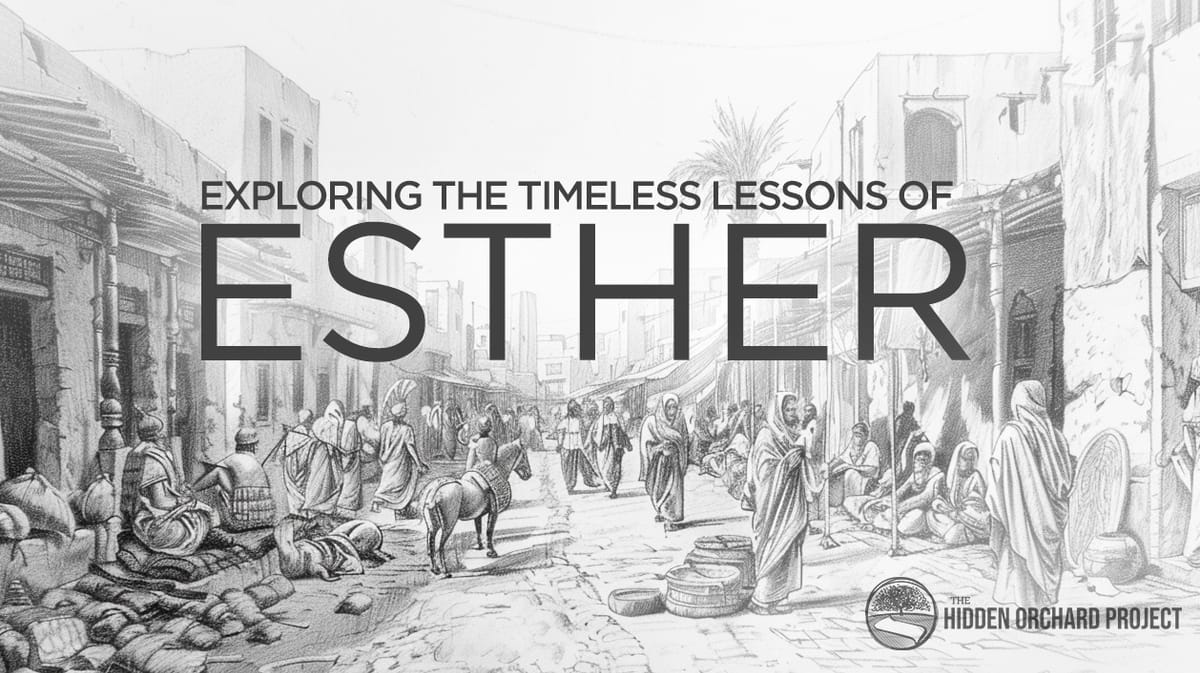
Purim¹, one of the Jewish calendar's most vibrant and festive holidays, is a time of joy, reflection, and fun with the community.
Embedded with historical significance and tradition, Purim commemorates a pivotal event in Jewish history as recounted in the Biblical Book of Esther. At first glance, this book appears to be a simple story of tragedy turned to triumph - but, there is more than meets the eye.
Inspired by centuries of traditions and insights, the customs of costume-wearing, eating creative flavors of pastries known as hamantaschen², and giving charity make Purim a celebration of spiritual depth and festivity.
The Story of Purim:
The story unfolds in ancient Persia, where King Achoshverosh's advisor, Haman, schemes to annihilate the Jewish population amid the empire.
At the narrative's core lies Queen Esther, a Jewish woman who kept her identity concealed³ for much of the book. At a critical point in the drama, Esther bravely reveals her identity, using her influence and position to save her people from imminent death.
As it turns out, Haman descends from a long line of haters of the Jewish people⁴. We find that this adds a deeply rooted historical tension, and spiritual overtones that can be traced through the first books of the Torah.
In essence, this event is another manifestation of an ever-present [spiritual] war against G_D's people that rages through every generation.
Purim, like all Jewish holidays, contains multiple layers of meaning organized within the interpretation levels of Jewish hermeneutics, Pardes⁵.
Apart from the historical level of interpretation (Peshat), therein lie homiletic and instructive insights and hints of the Messianic redemption to come. Reading solely within the literal sense ensures a reader will miss some of the inner depth of this story.
Esther, through her courage, and the wise council of Mordechai, intervenes and ultimately thwarts Haman's plans of genocide, ensuring the survival of the Jewish community in the diaspora.
In the story, it was Haman, who was placed on the gallows that he built for Mordechai. It was the anti-semites and haters of Jews who found themselves fighting for their survival.
Of the many spiritual principles, this reversal affirms the old saying: 'When you dig a grave for someone else, you're sure to fall in it'.
In addition, we get a glimpse at the deeper principle that Messianic figures often require a degree of concealment [of identity] to accomplish their mission. When things seem to be most dire, they emerge from the shadows.
Each year, this timeless victory is celebrated with jubilation and gratitude, marking another triumph of good over evil - and foreshadowing the ultimate redemption ahead.
Observances and Customs:
Around the world, Purim is celebrated on the 14th of the month of Adar, and the 15th in Jerusalem.
For religious and traditional Jews, Purim comes with a few mitzvot (commandments) and some fun customs that communities observe yearly. At a glance, they are:
- The Fast of Esther. On the 13th of the month of Adar, a fast is observed from dawn to nightfall. The fast commemorates the three-day fast of Esther, as she sought to overturn the decree against her people (Esther 4:16).
- Reading (rather, Hearing) the Megillah: The Megillah, also known as the Book of Esther, is read aloud in synagogues and communities, recounting the events of Purim.
The congregation listens attentively, punctuating the reading with cheers at the mention of Esther and boos at the mention of Haman, symbolizing the rejection of evil. "Groggers" and noisemakers, are common - and though it can get quite rowdy, it is a worthwhile and exciting experience. - Costumes: Purim is a time for dressing up in elaborate costumes, a tradition that dates back centuries. But, this is not the "Jewish Halloween", as some suggest. The custom of masquerading represents the idea of concealing one's true identity, echoing Esther's concealment of her Jewish heritage.
- Mishloach Manot: This tradition involves the exchange of food gifts among friends and family. Giving gifts forges camaraderie and unity within the community, emphasizing the importance of sharing blessings with others.
- Food and Merrymaking: One favorite food eaten during Purim is hamantaschen – triangular pastries filled with sweet fillings like poppy seeds or fruit. Famously, there is also a custom to enjoy adult beverages at this time, which is somewhat uncharacteristic of other Jewish holidays.
Interestingly, Purim falls adjacent to Yom Kippur, which has led to creative explanations as to the connections and distinctions between Yom Kippur and Purim⁶. - Tzedakah (Charity): Giving to those in need is integral to Purim. We are encouraged to assist the less fortunate, embodying the spirit of compassion and social responsibility.
The Spiritual Significance:
Beyond the festivity, Purim carries profound spiritual significance. It serves as a reminder of G_D's providence and protection, even in the face of adversity.
Esther's courage and faith exemplify the power of righteous action and the belief in the ultimate triumph of justice, and G_D's help, even when He seems to be nowhere in sight⁷.
At Purim, it is a time to rejoice in the triumph of light over darkness, strengthen the bonds of friendship and community, and reaffirm our commitment to justice and compassion.
Purim serves as a yearly reminder from the Creator that things are not always as they appear on the outside. Reversals and redemption can happen momentarily, even when everything seems hopelessly headed in the wrong direction.
Book Recommendation
For more on Esther from the tradition, consider purchasing "A Breslov Commentary on the Megillah Esther." It is full of surprising insights and details from the Messianic tradition, making it an excellent resource.
Want More Articles on Esther & Purim?
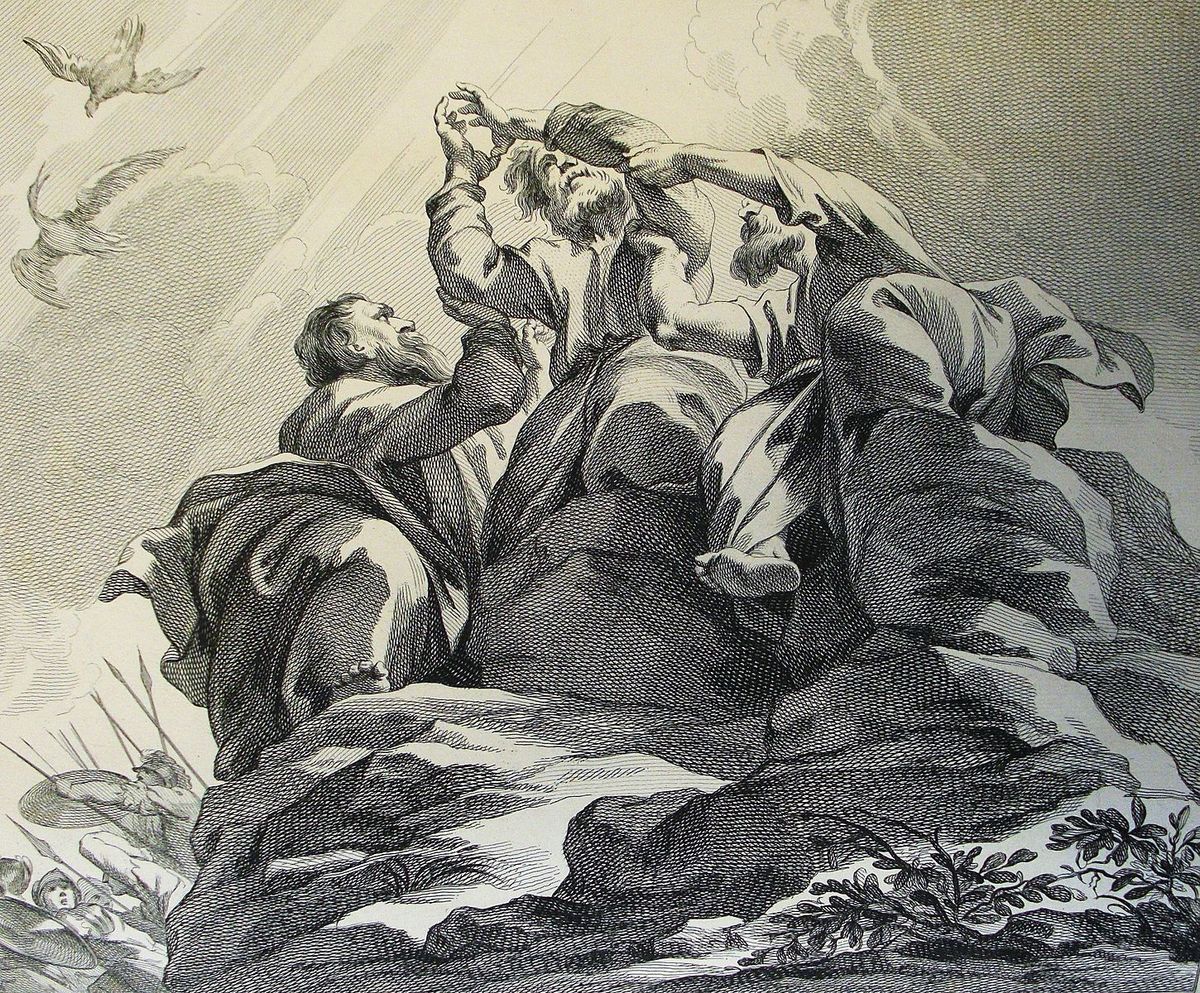

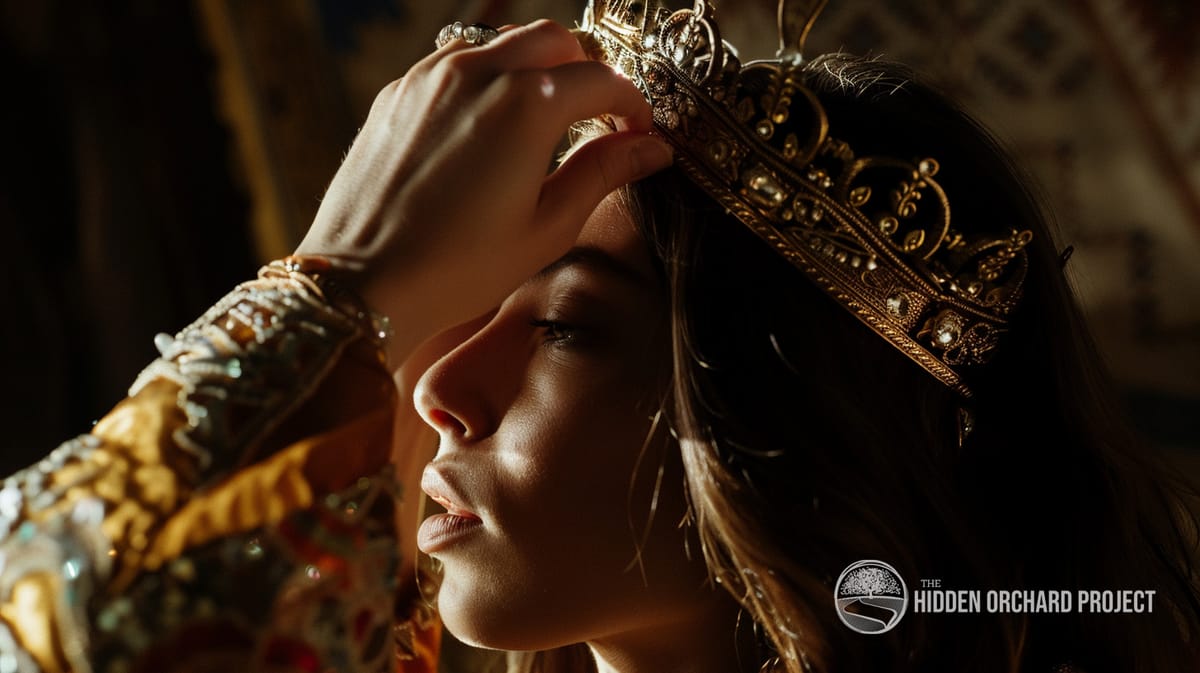
Notes:
¹ Purim 101: https://www.myjewishlearning.com/article/purim-101/
² Hamantaschen. https://en.wikipedia.org/wiki/Hamantash
³ The Courage of Esther, Self-Sacrifice and Divine Purpose. https://www.thehiddenorchard.com/the-courage-of-esther-self-sacrifice-and-divine-purpose/
⁴ Haman and Amalek. https://www.thehiddenorchard.com/battling-doubt/
⁵ Pardes. https://www.thehiddenorchard.com/peshat-pardes/
⁶ Parts of the Whole. https://www.thehiddenorchard.com/parts-of-a-whole/
⁷ Esther, the art of Concealment. https://www.thehiddenorchard.com/esther-and-the-art-of-concealment/



